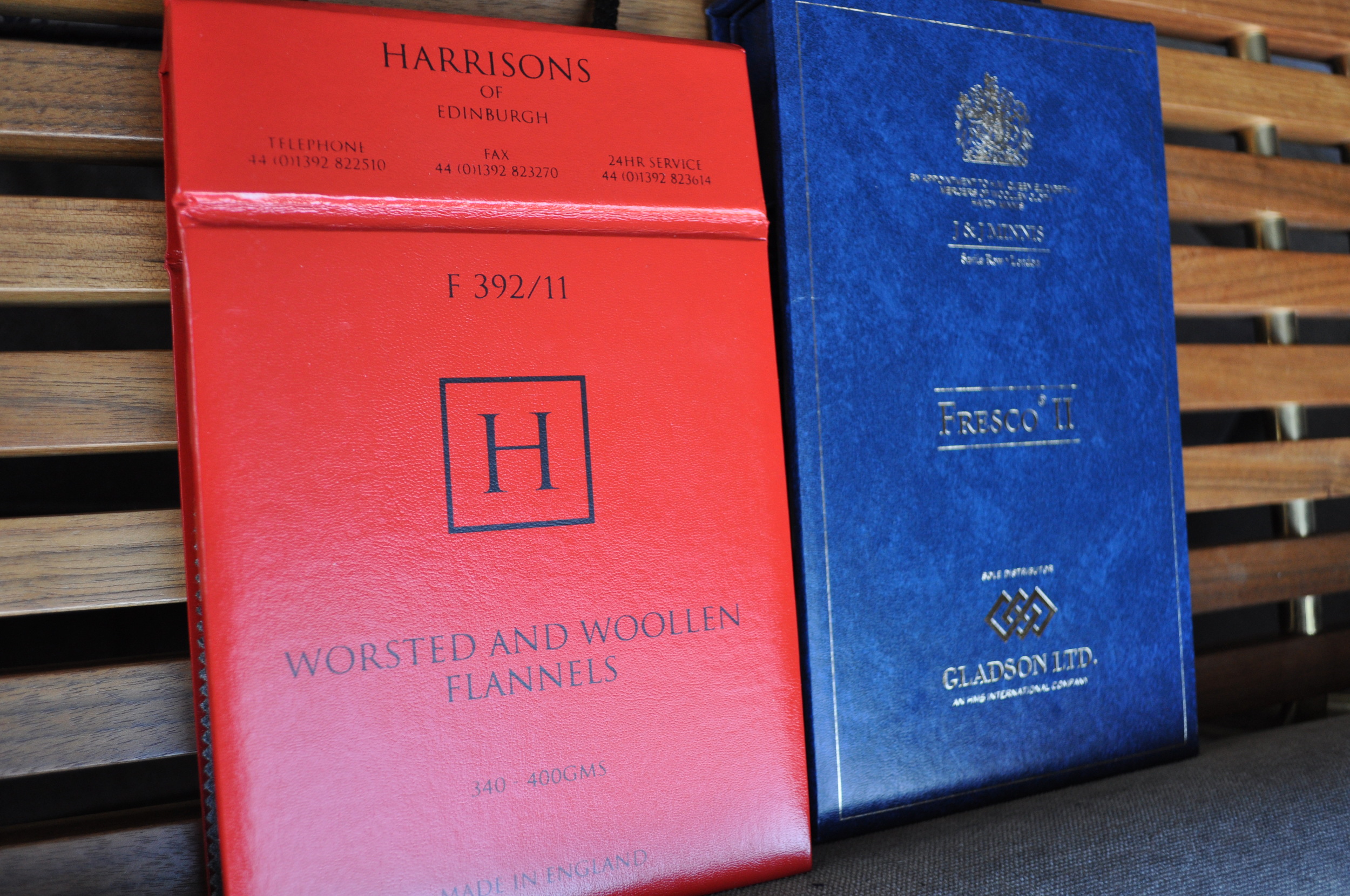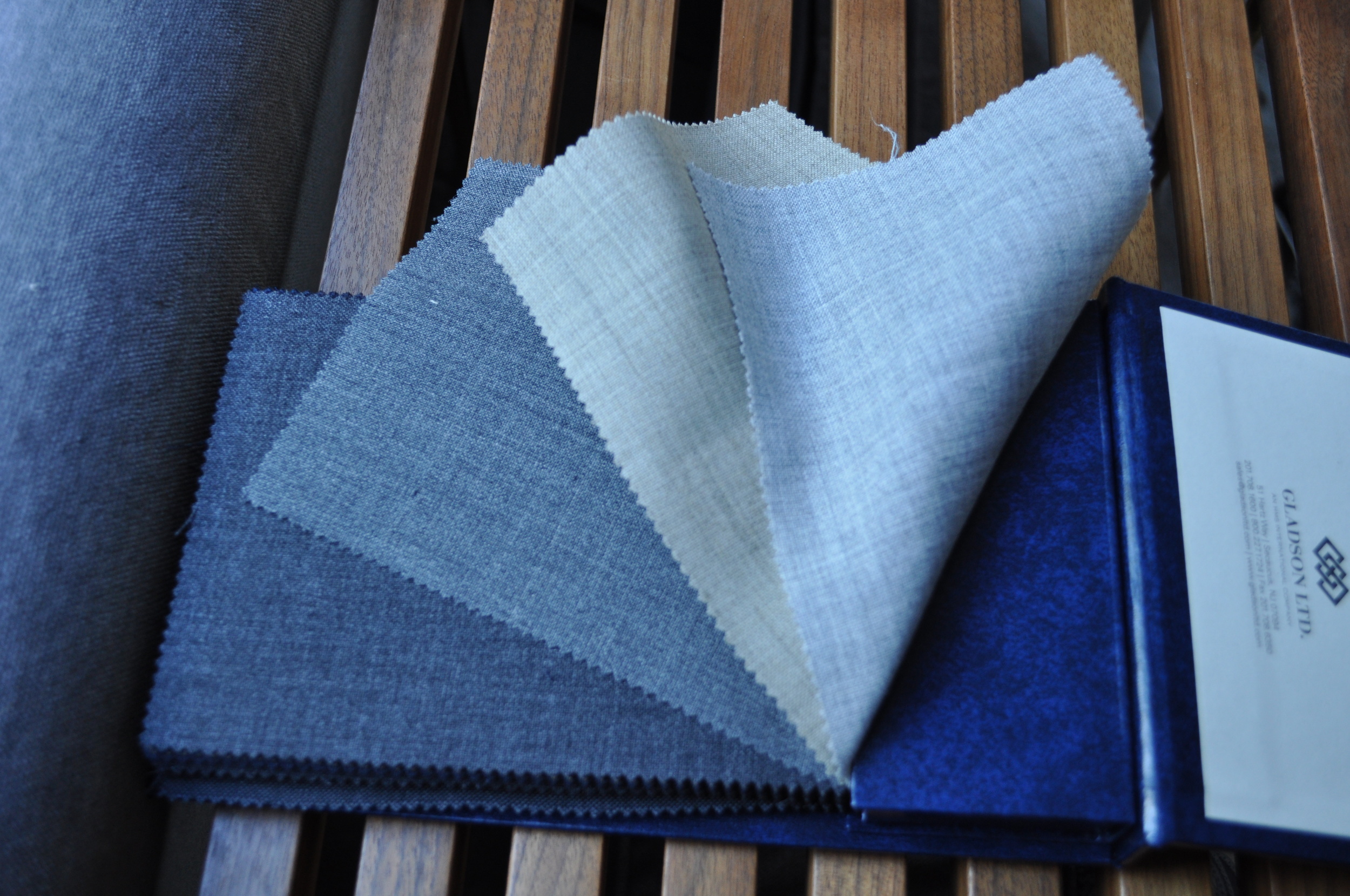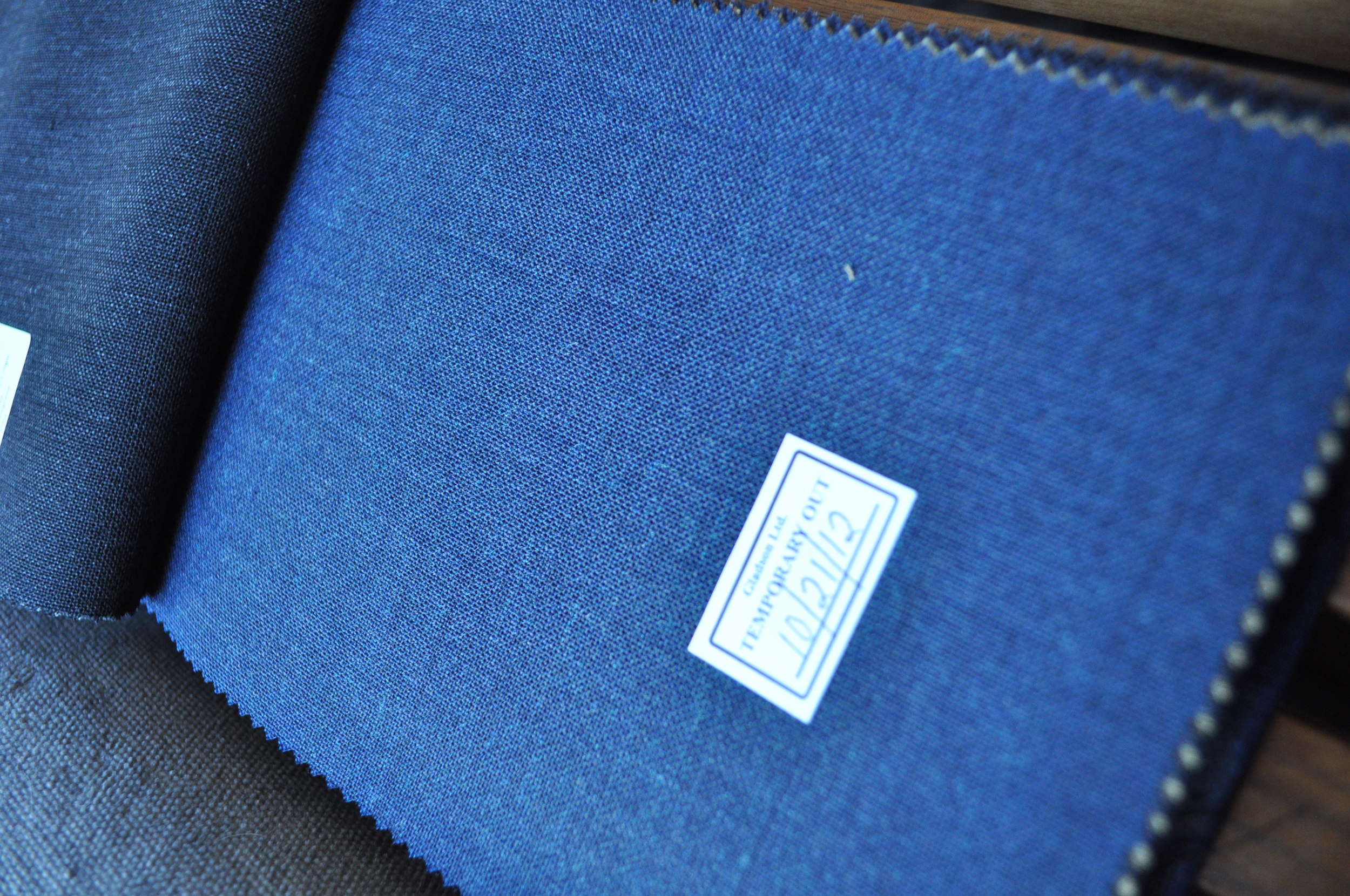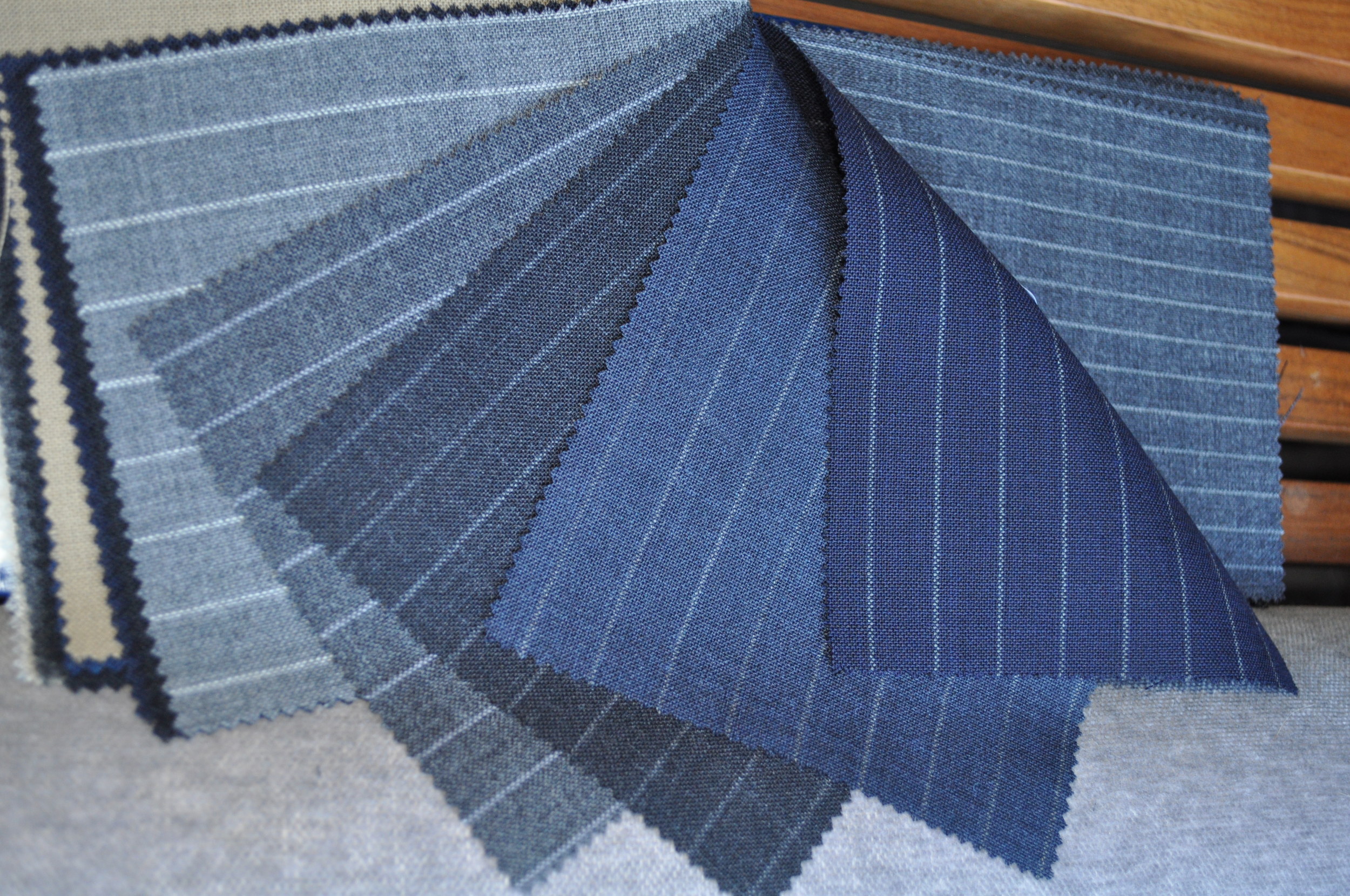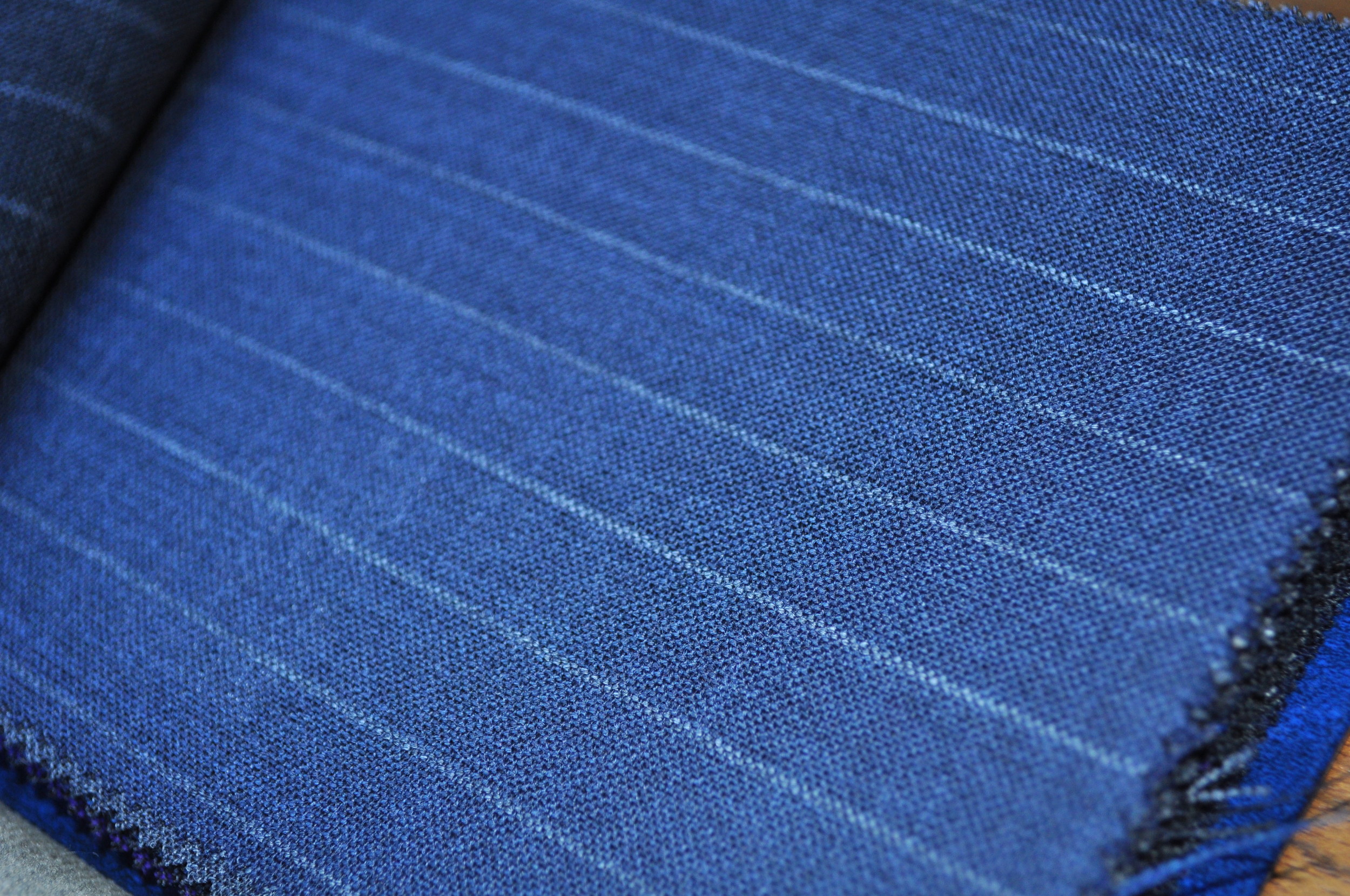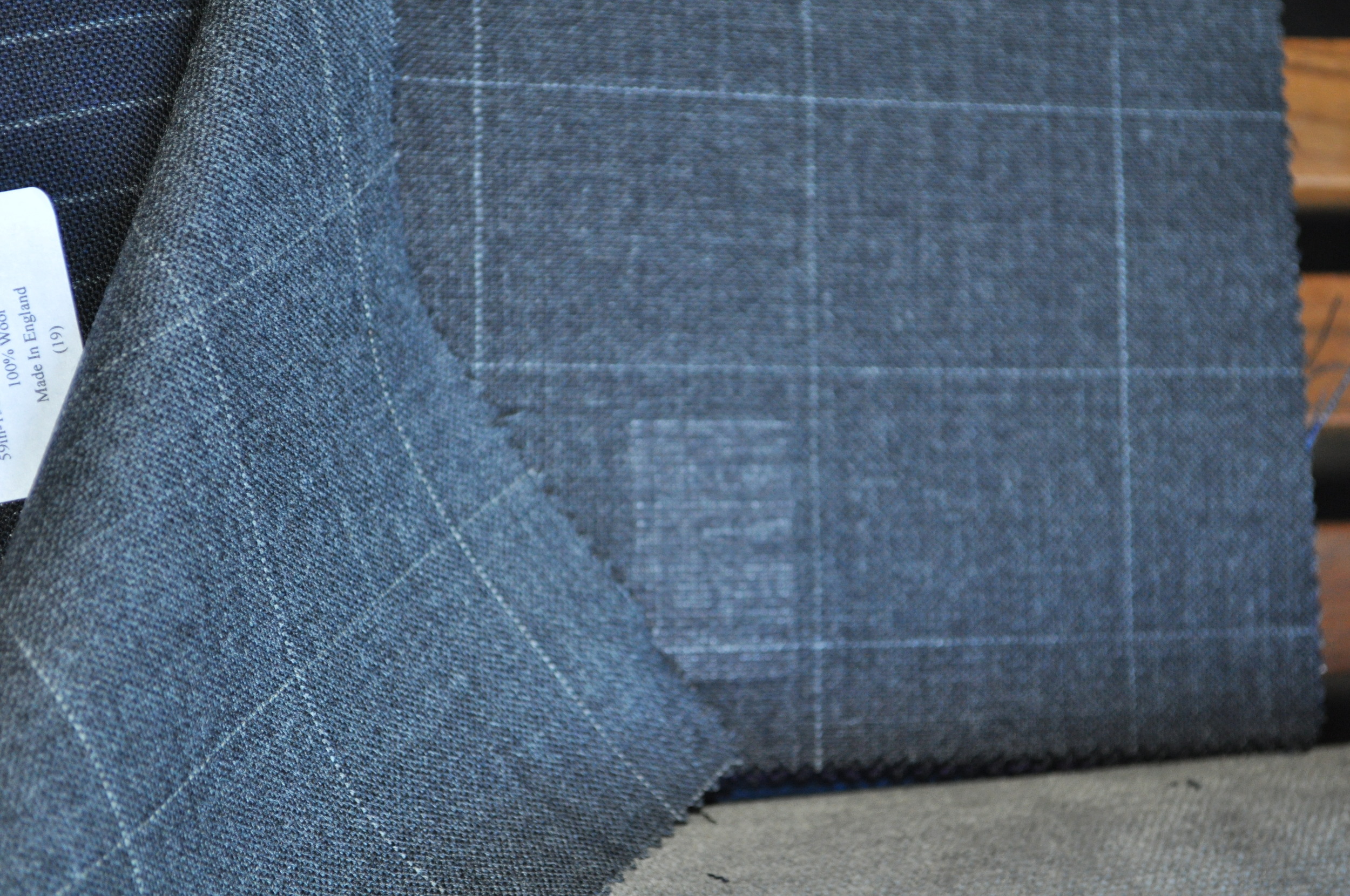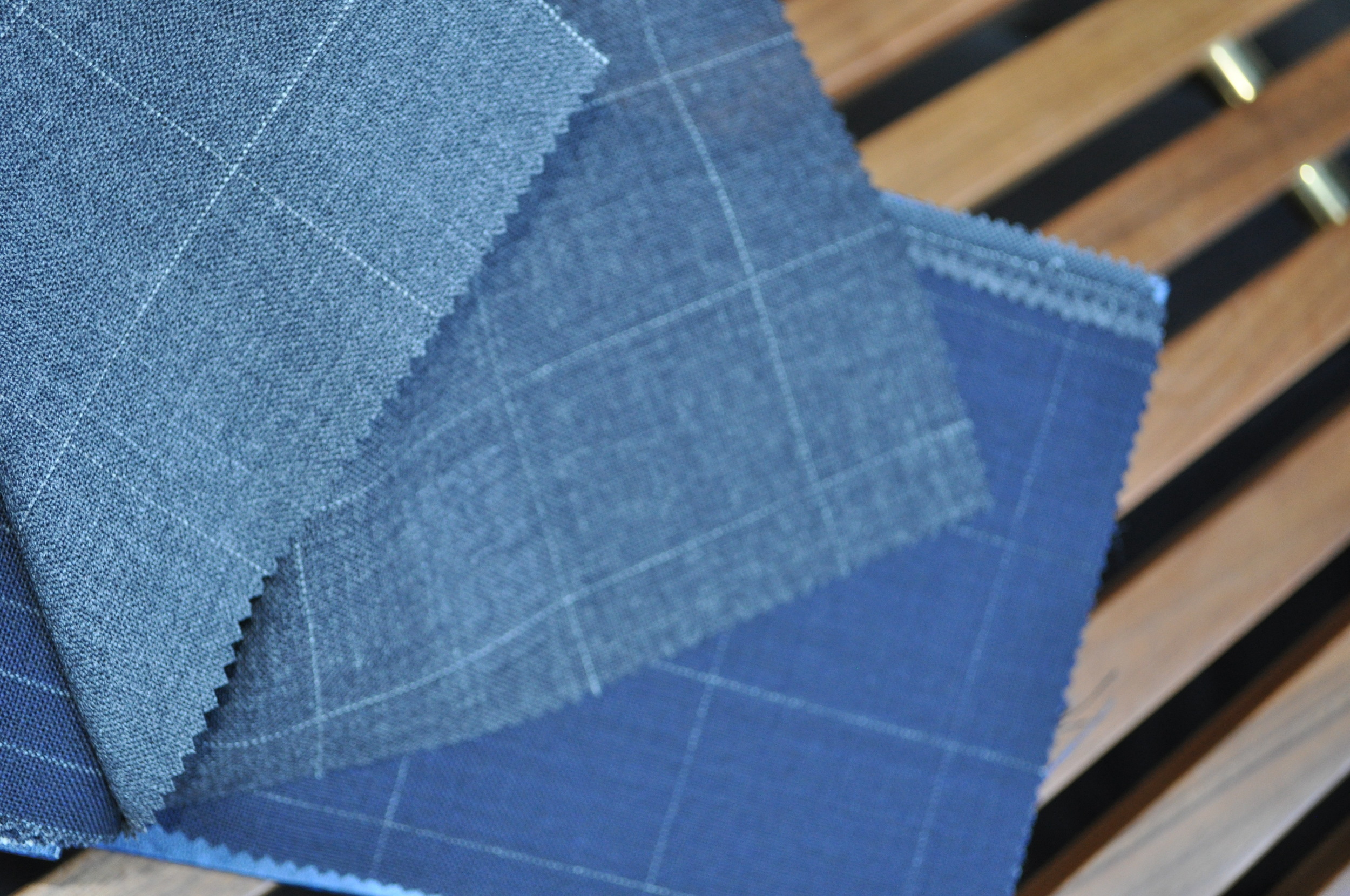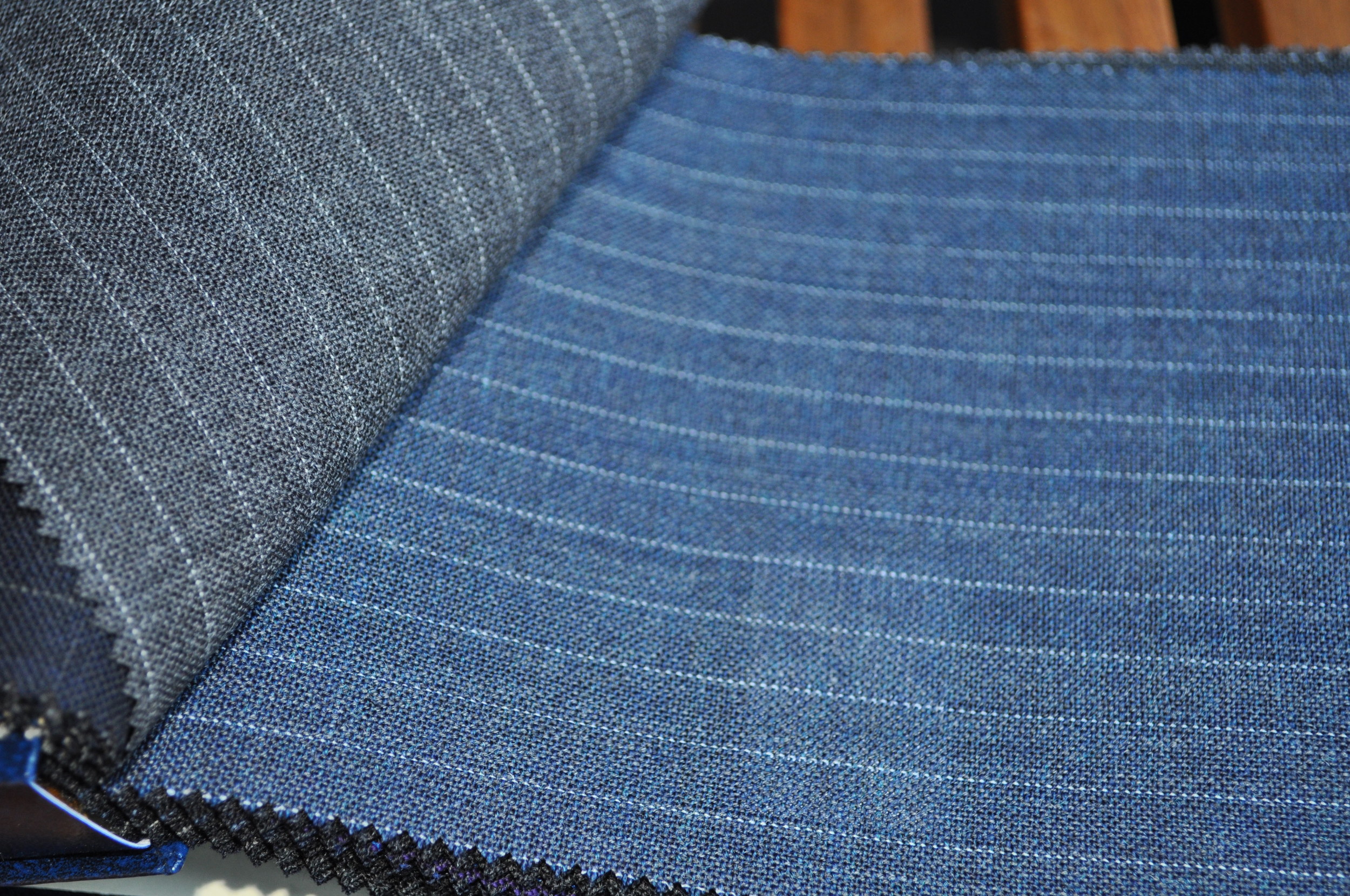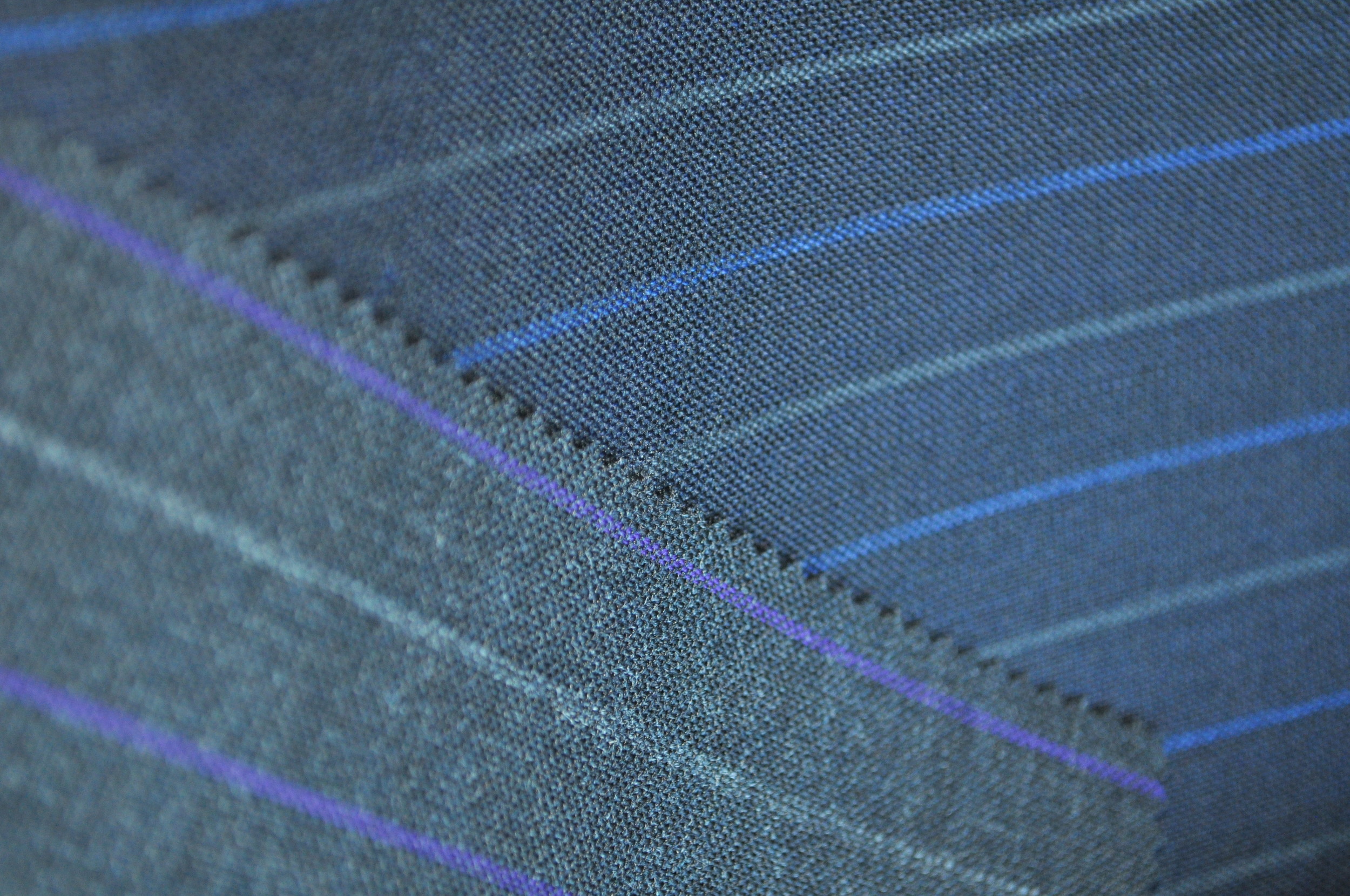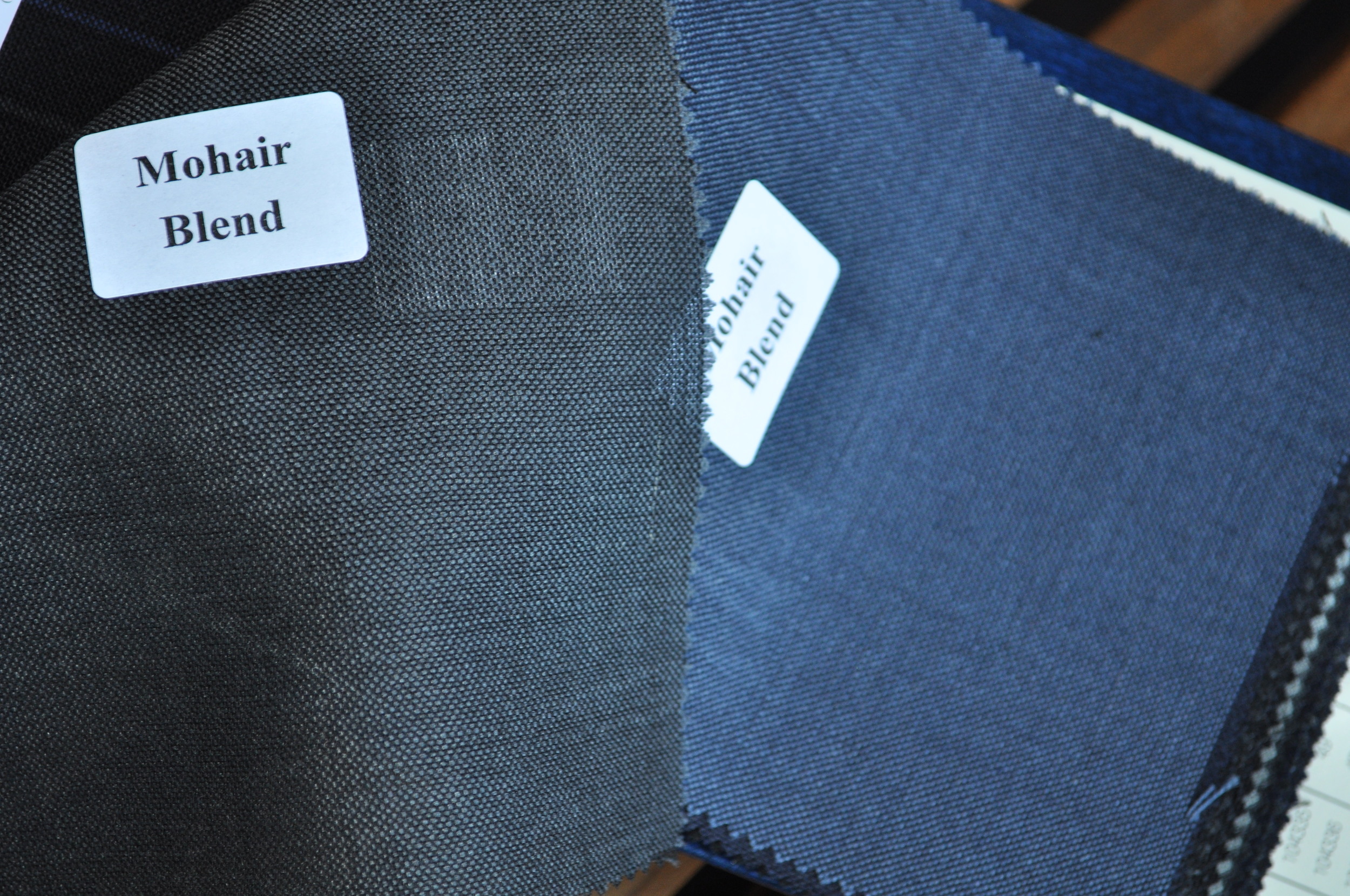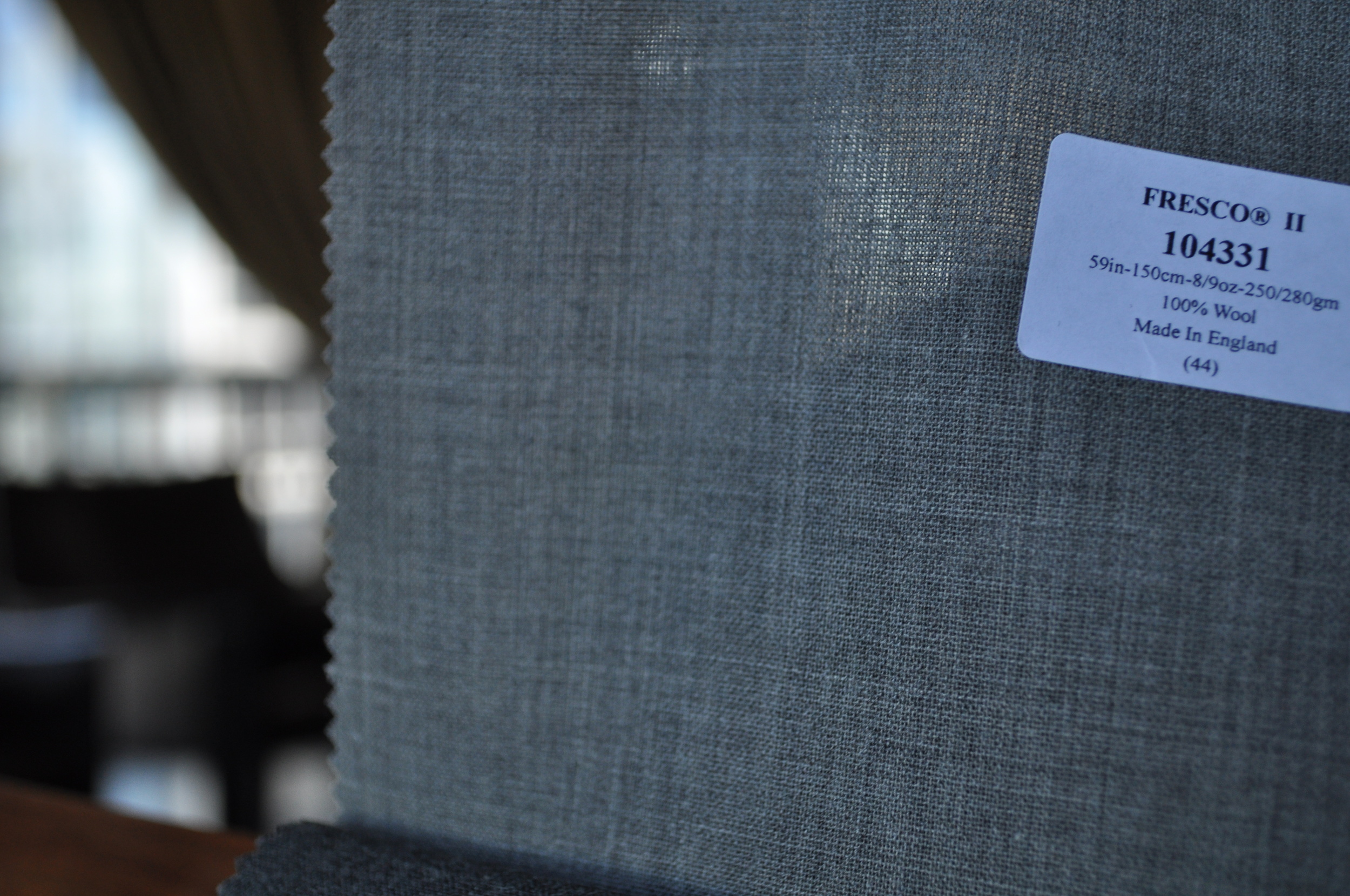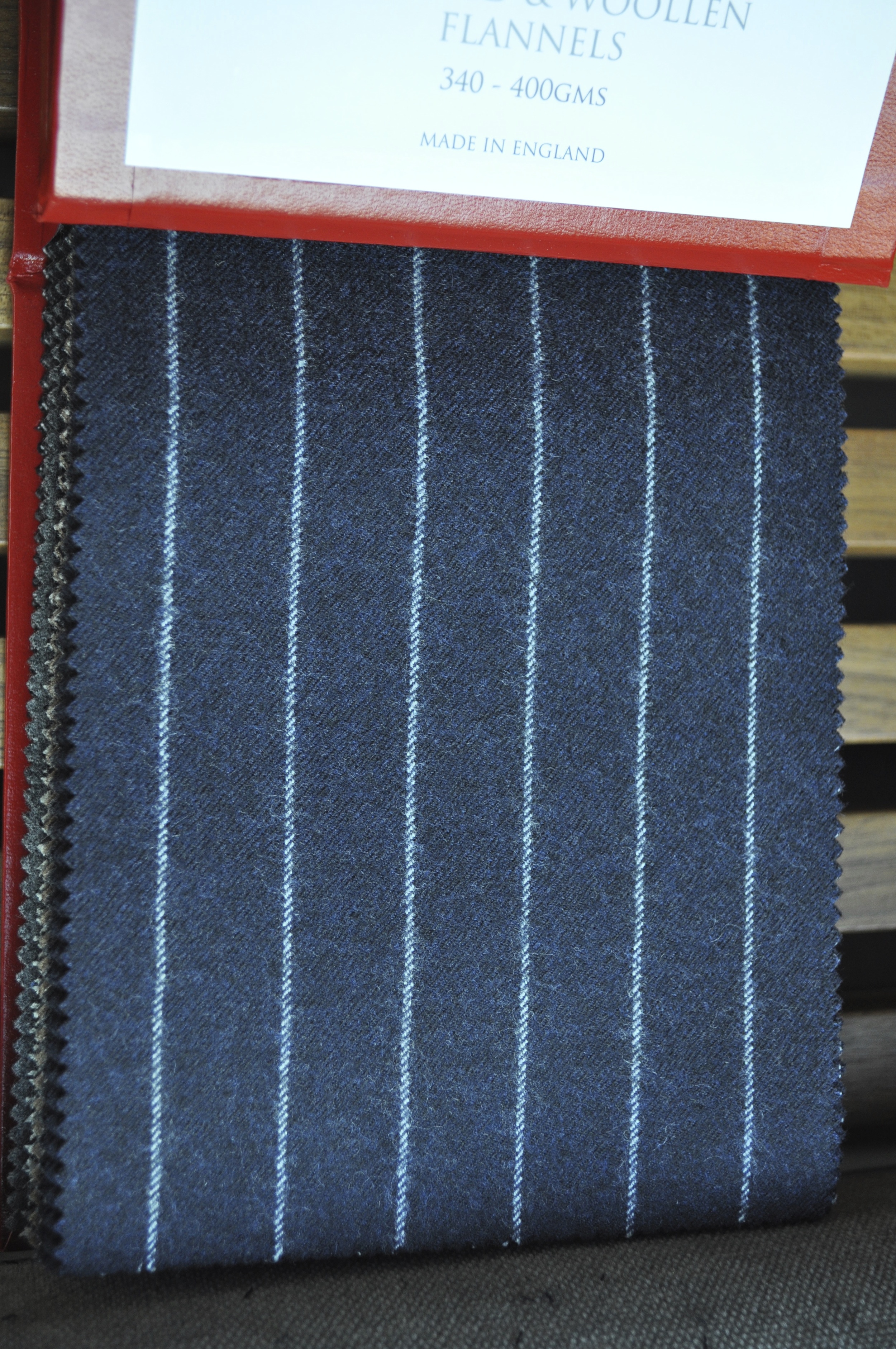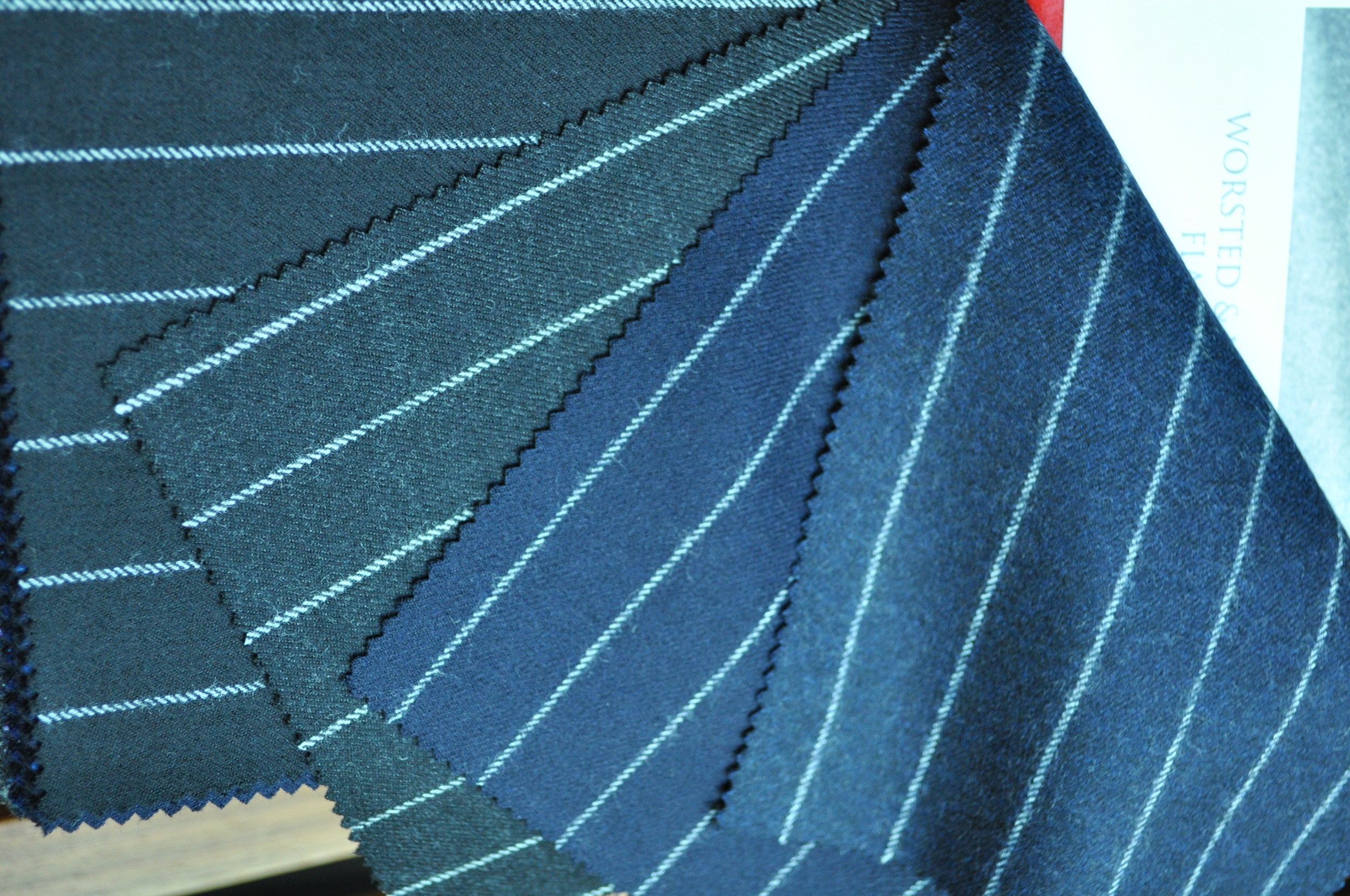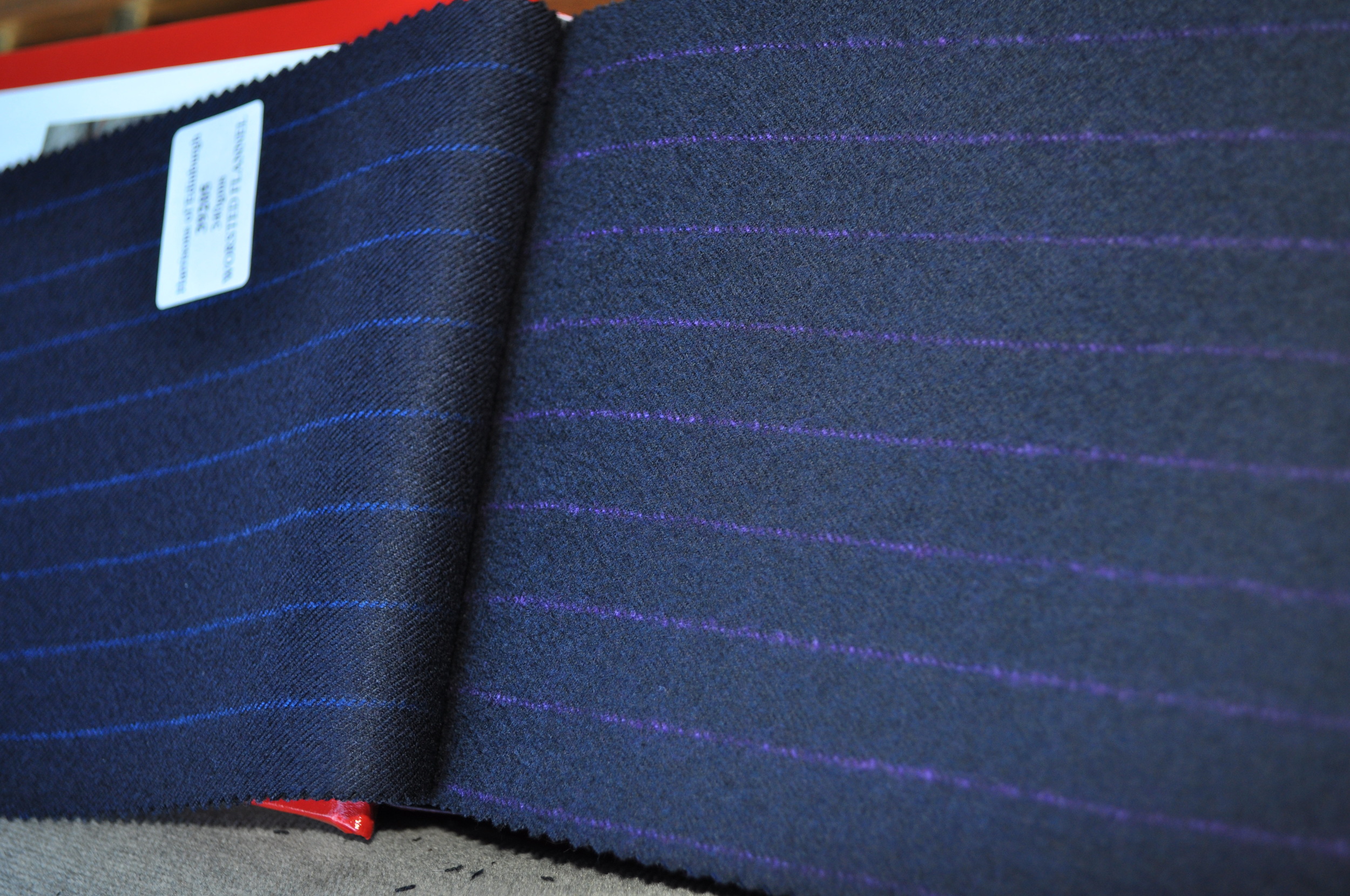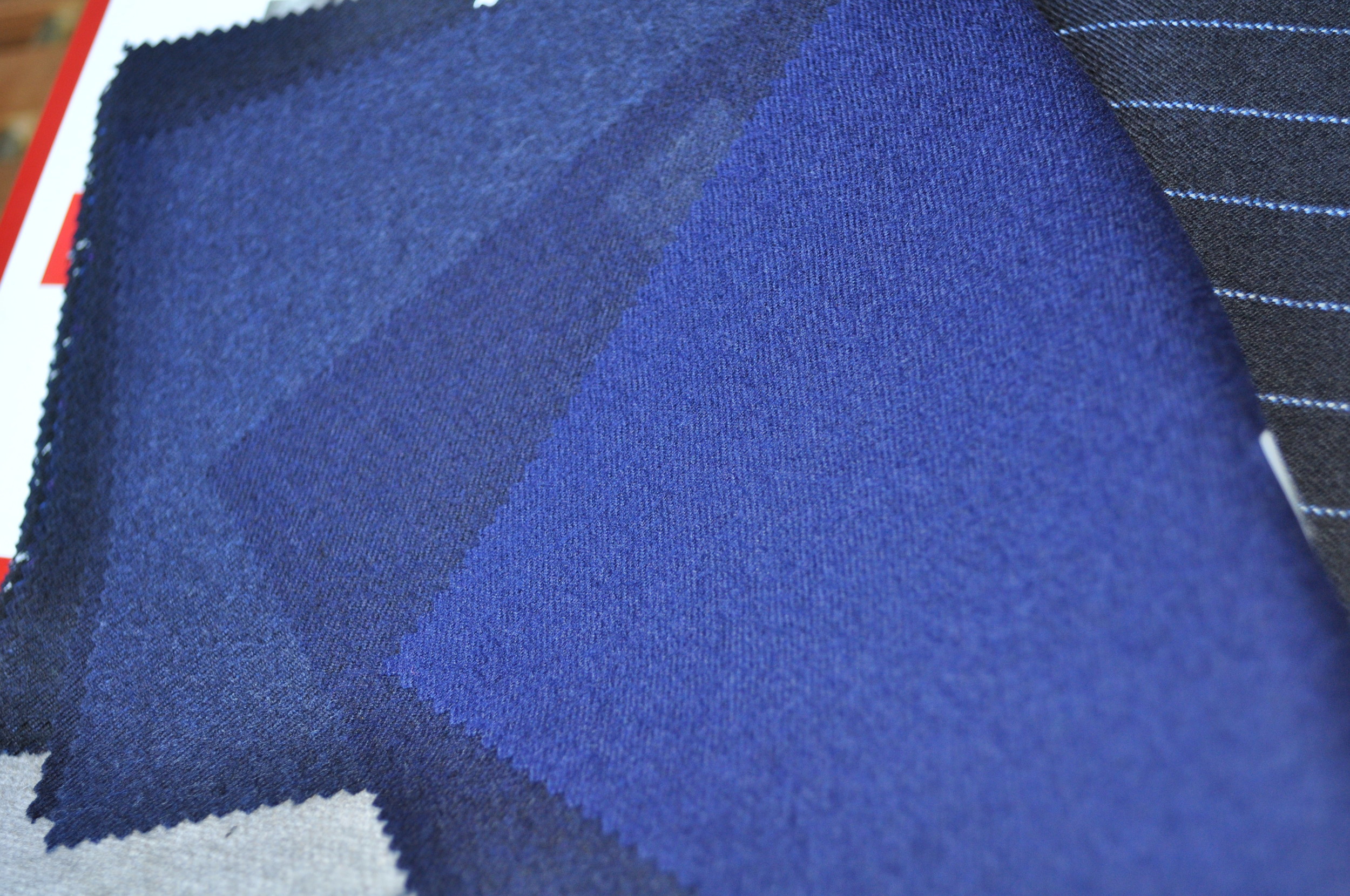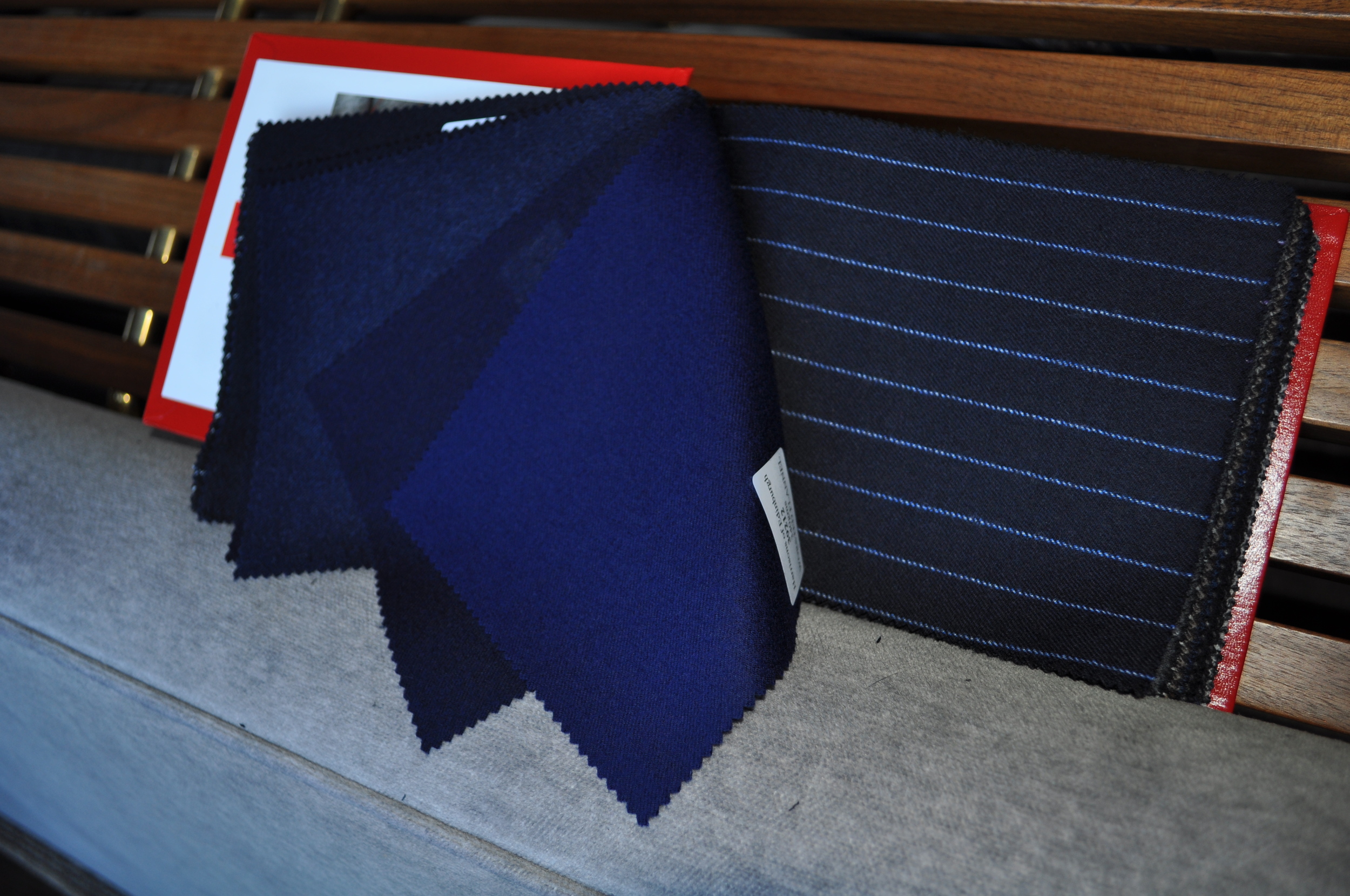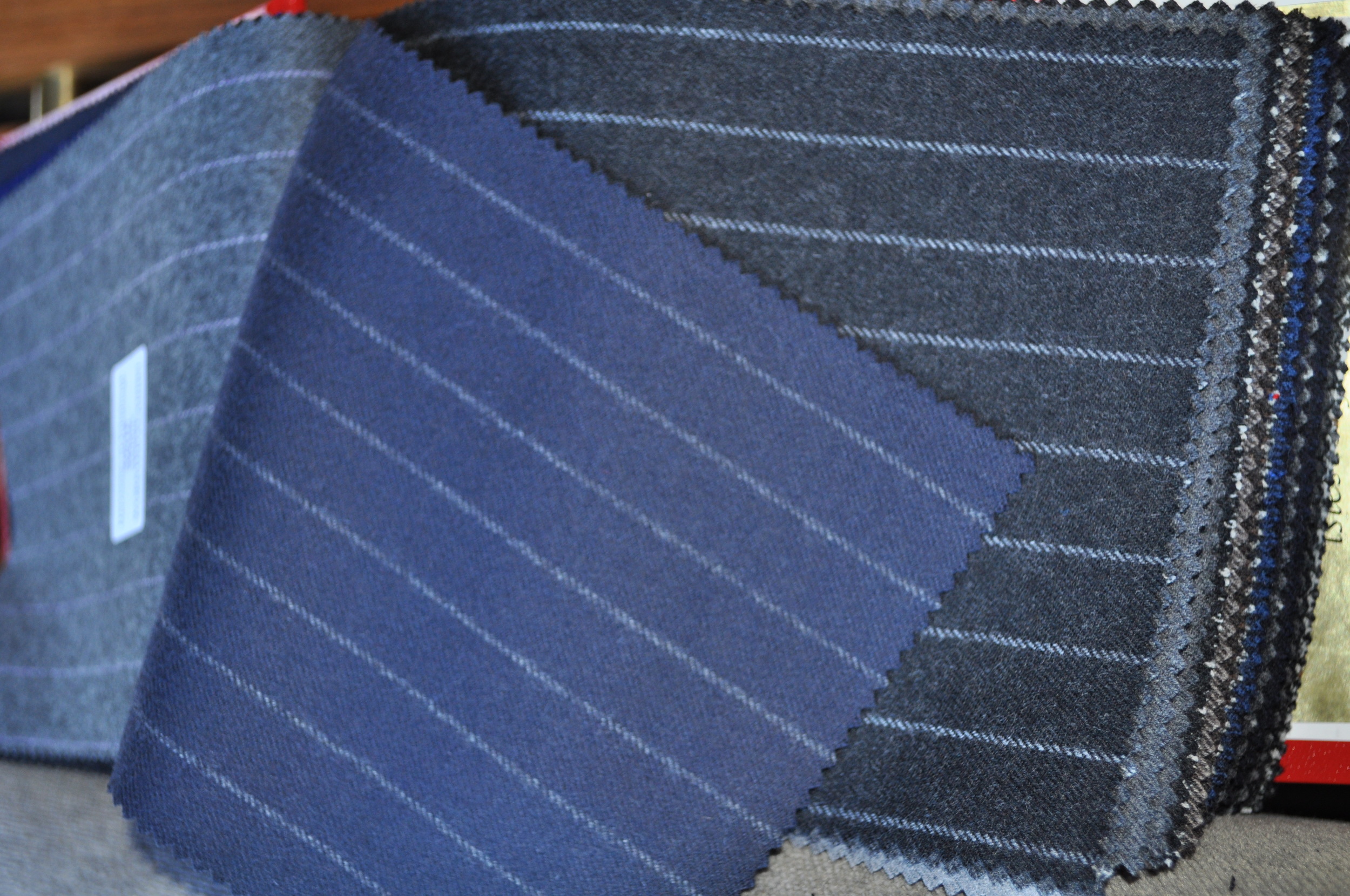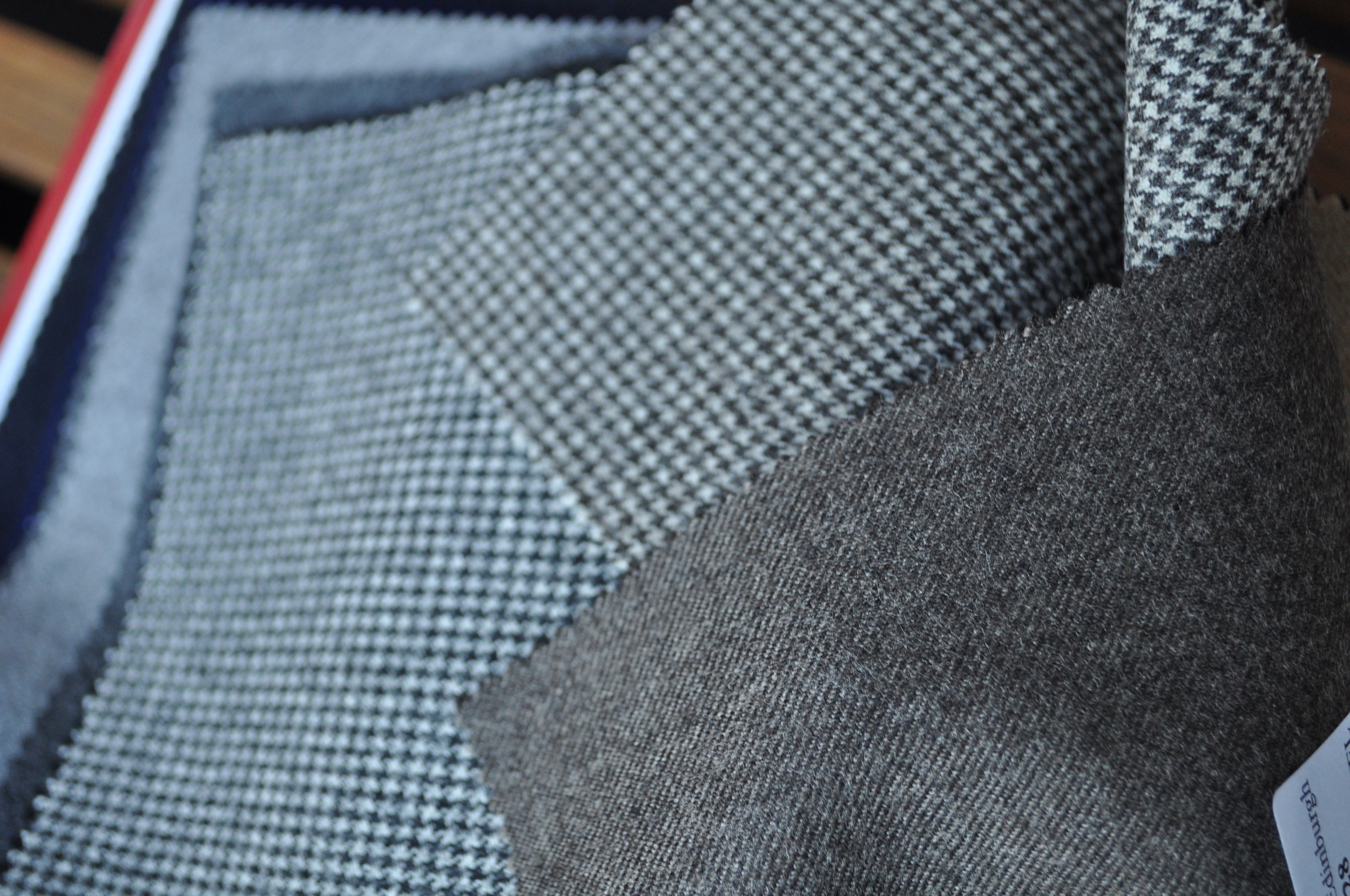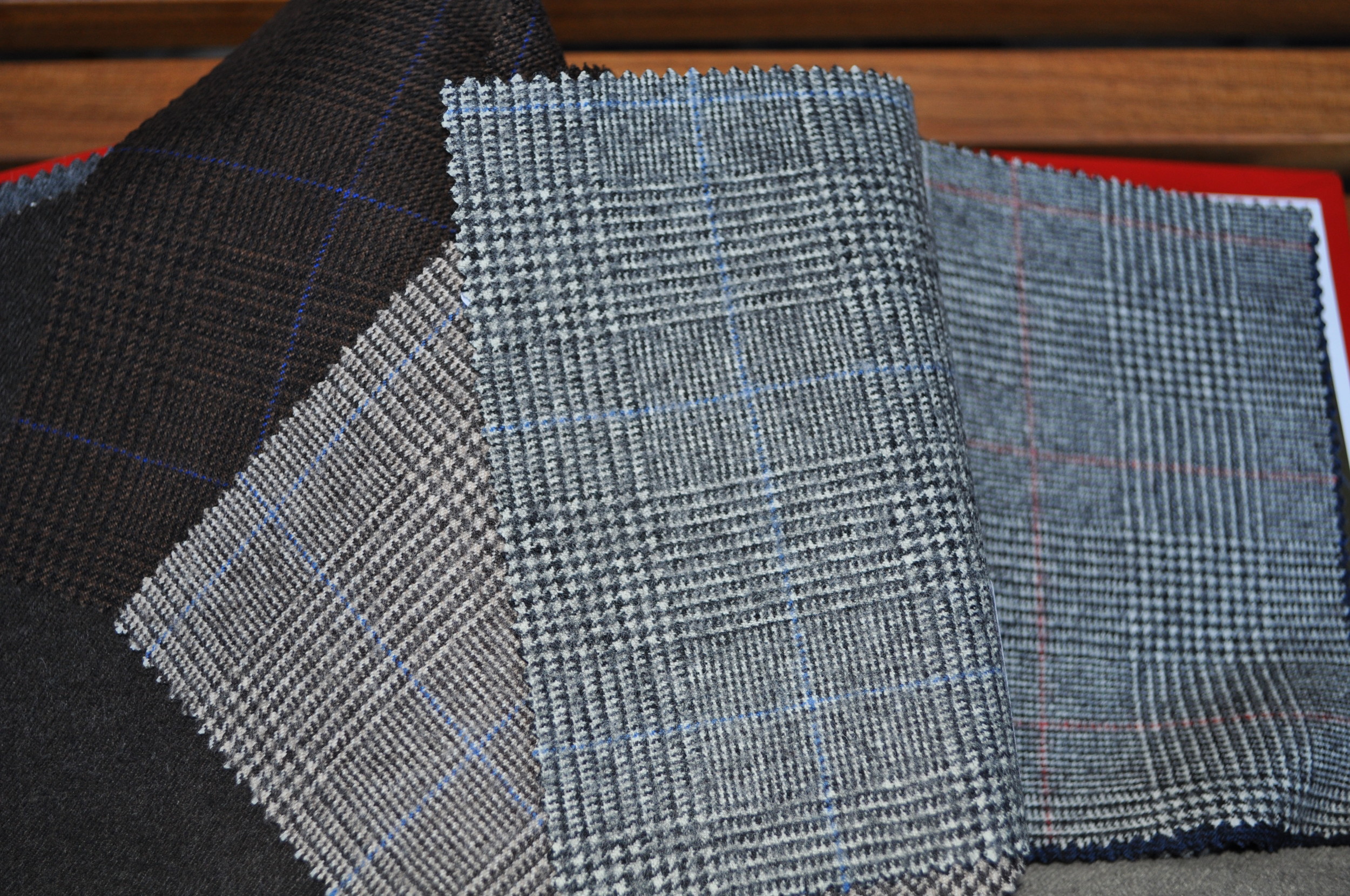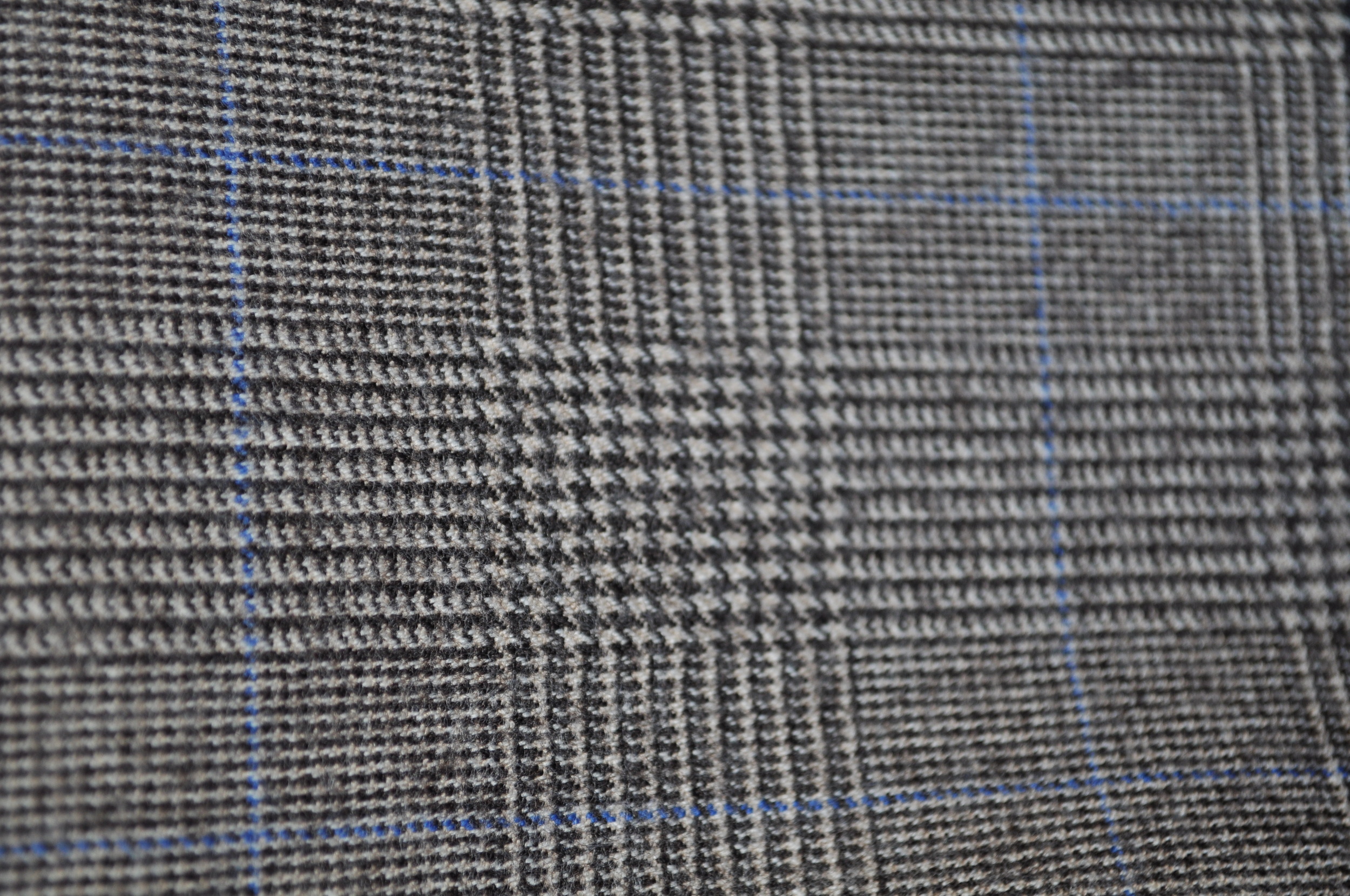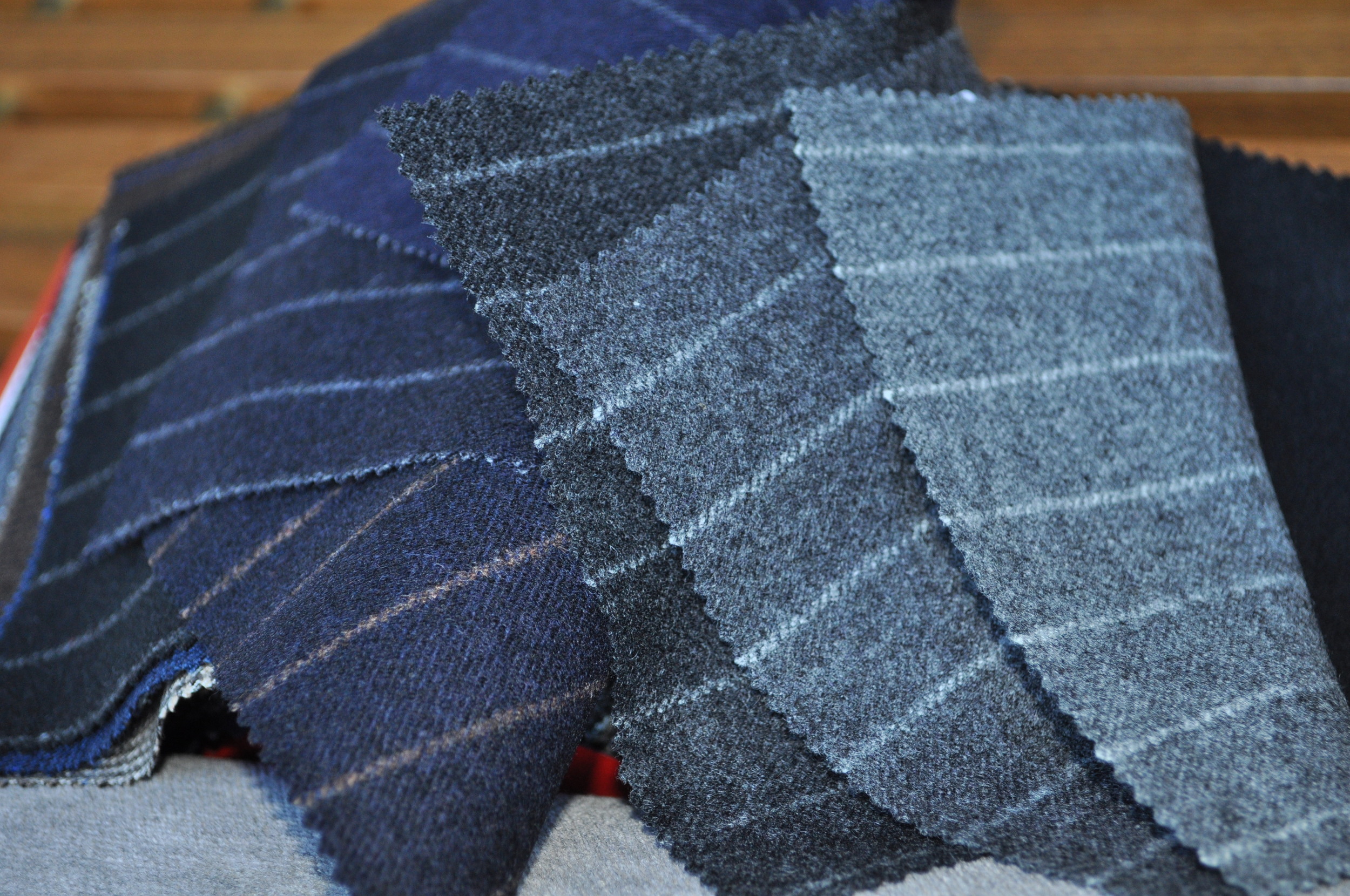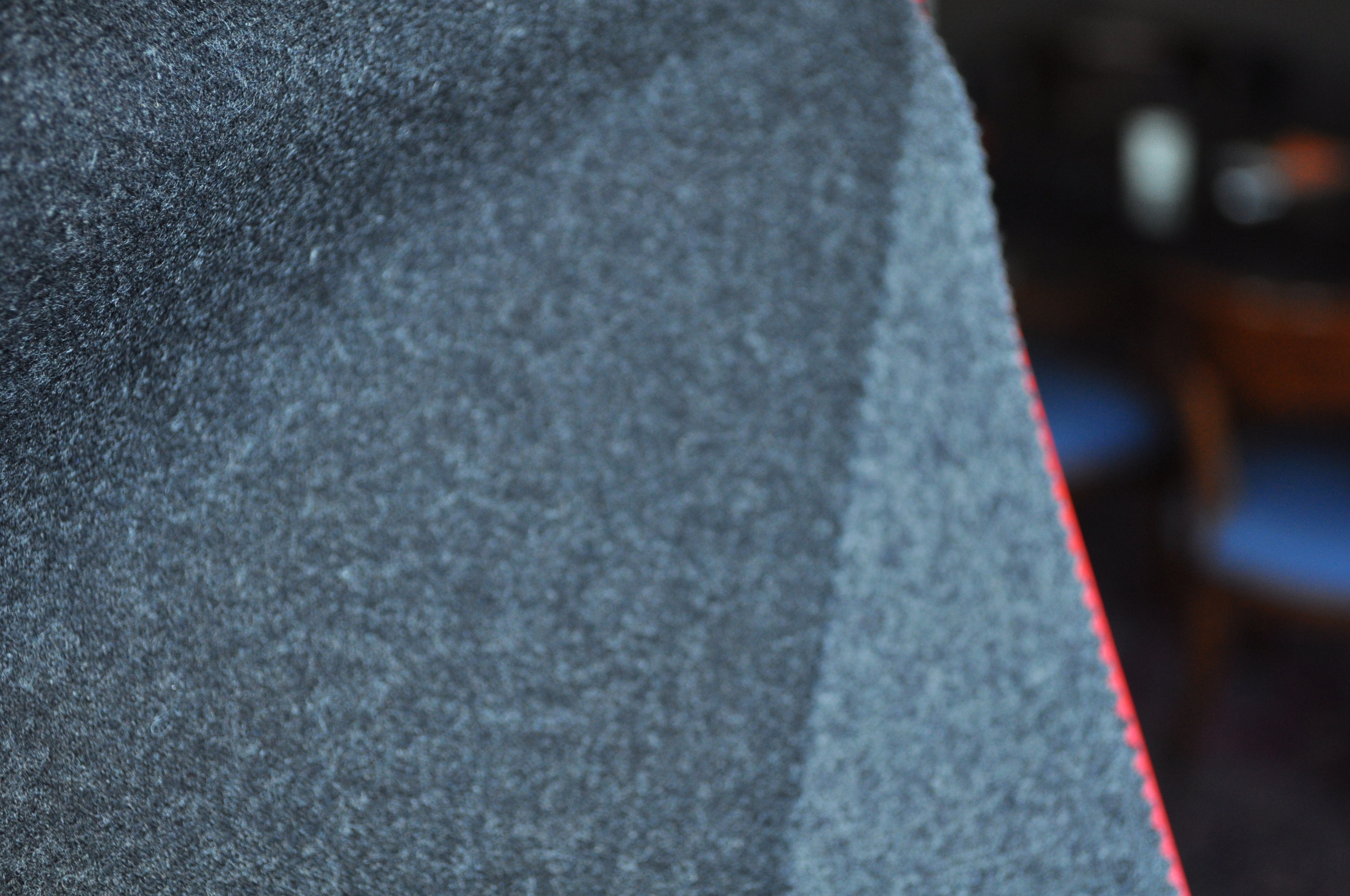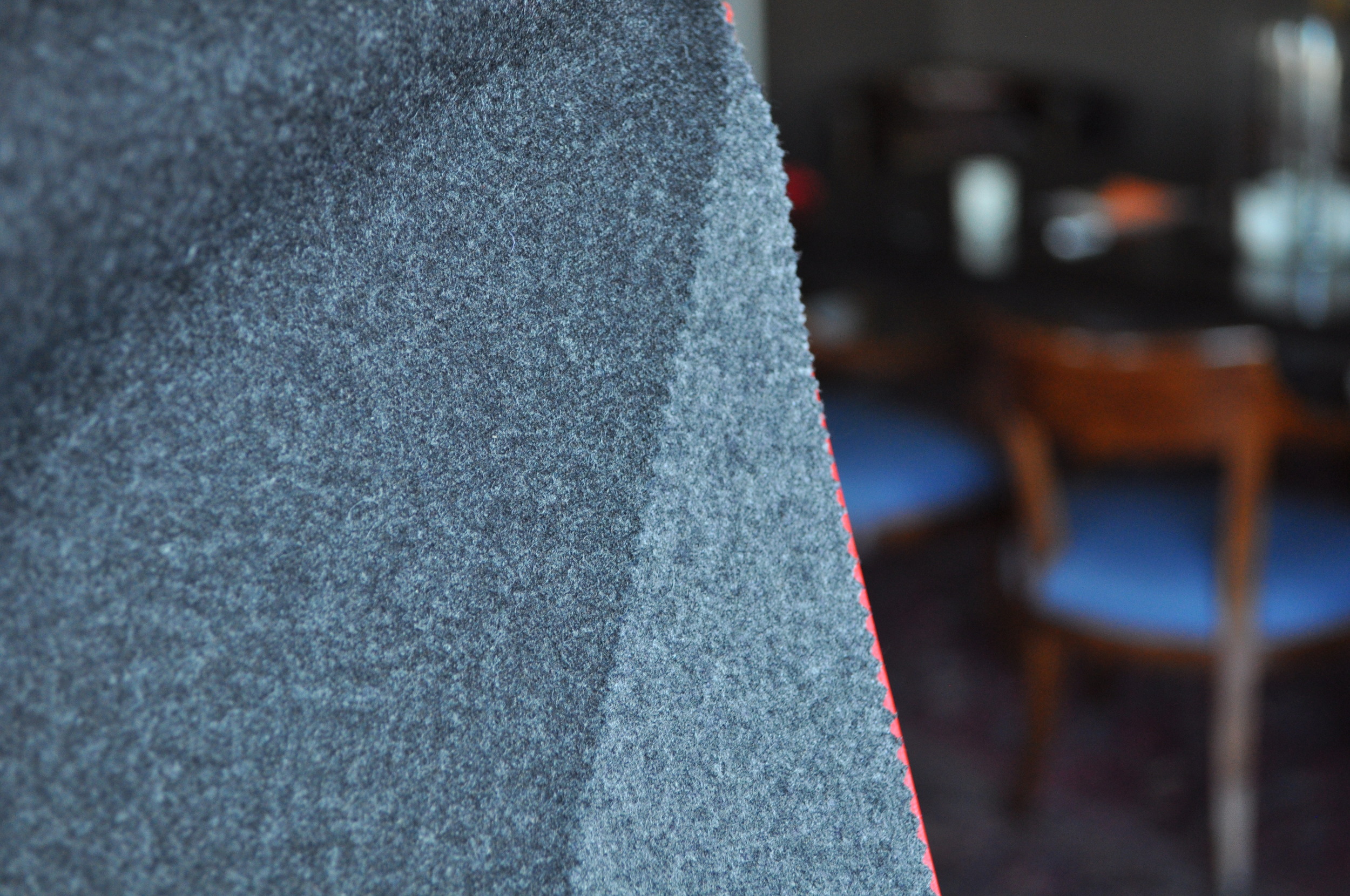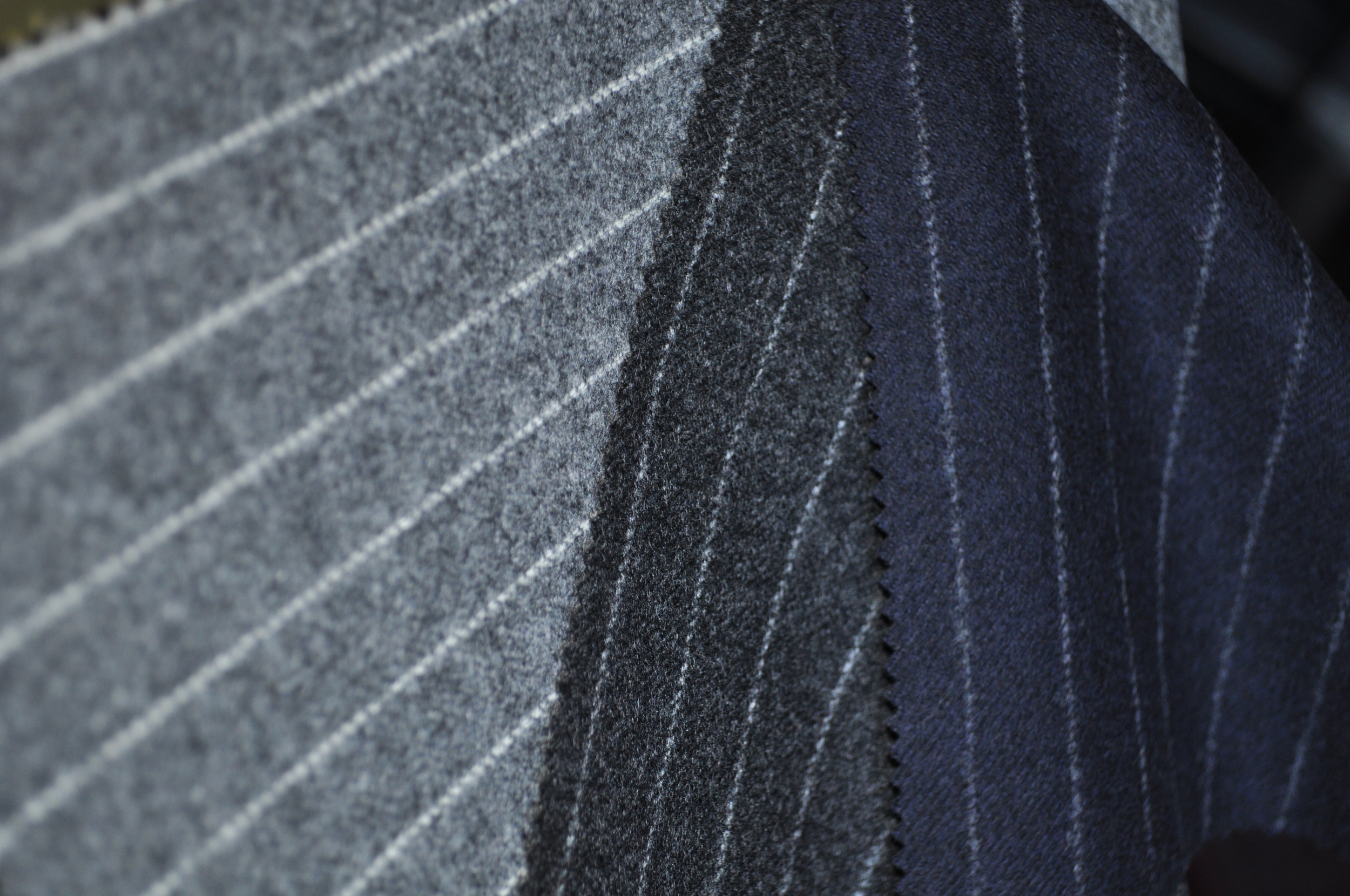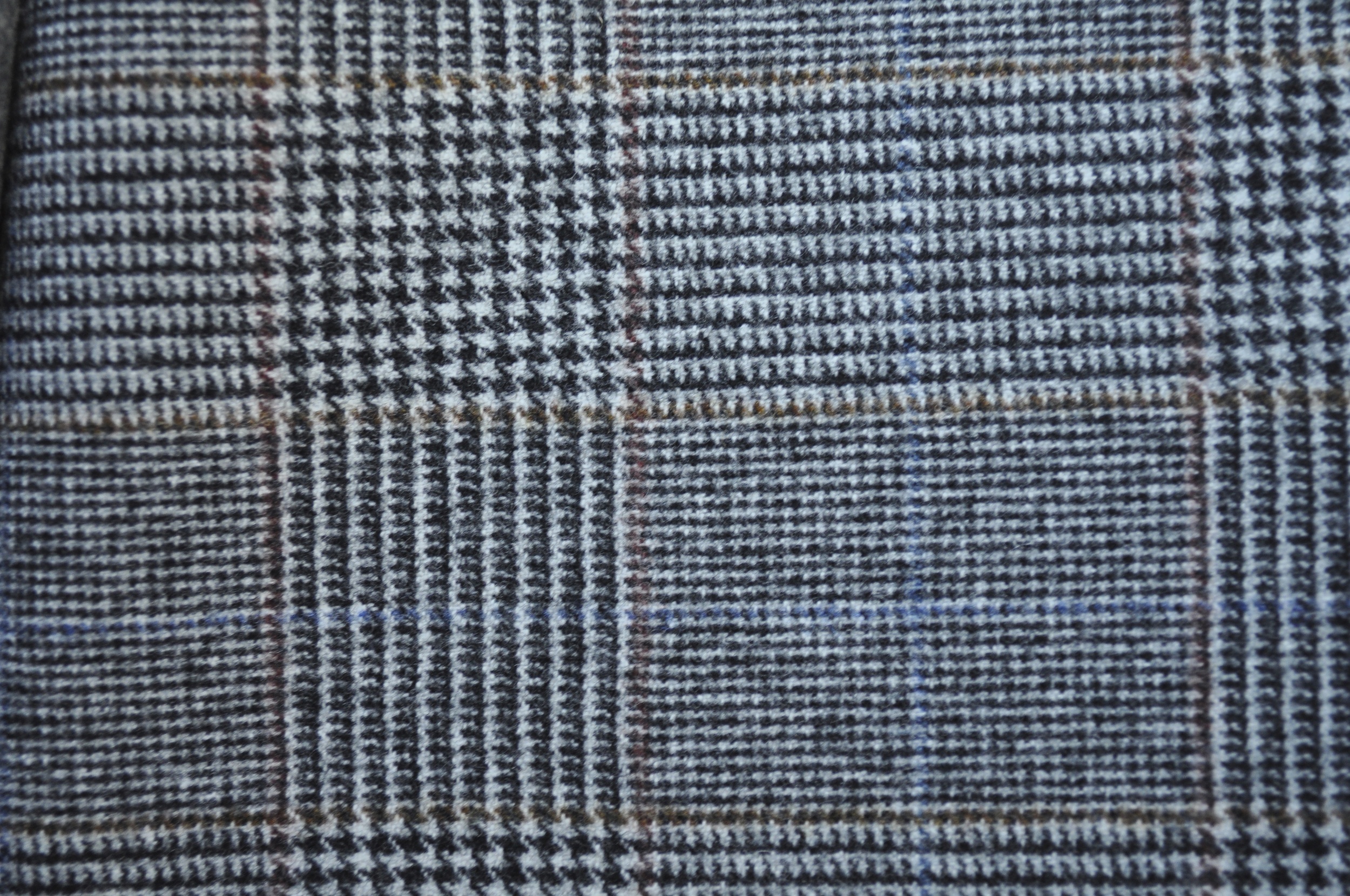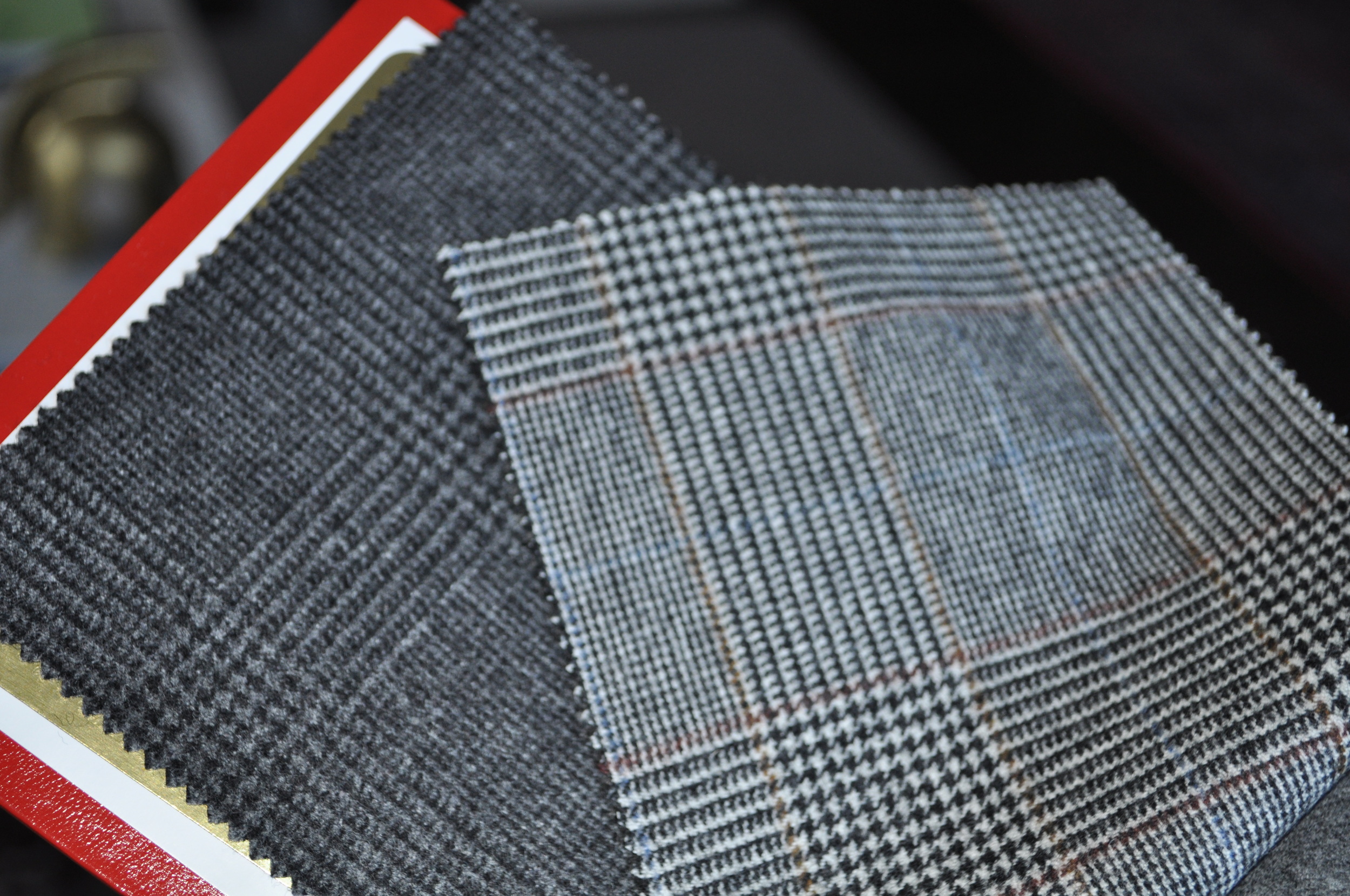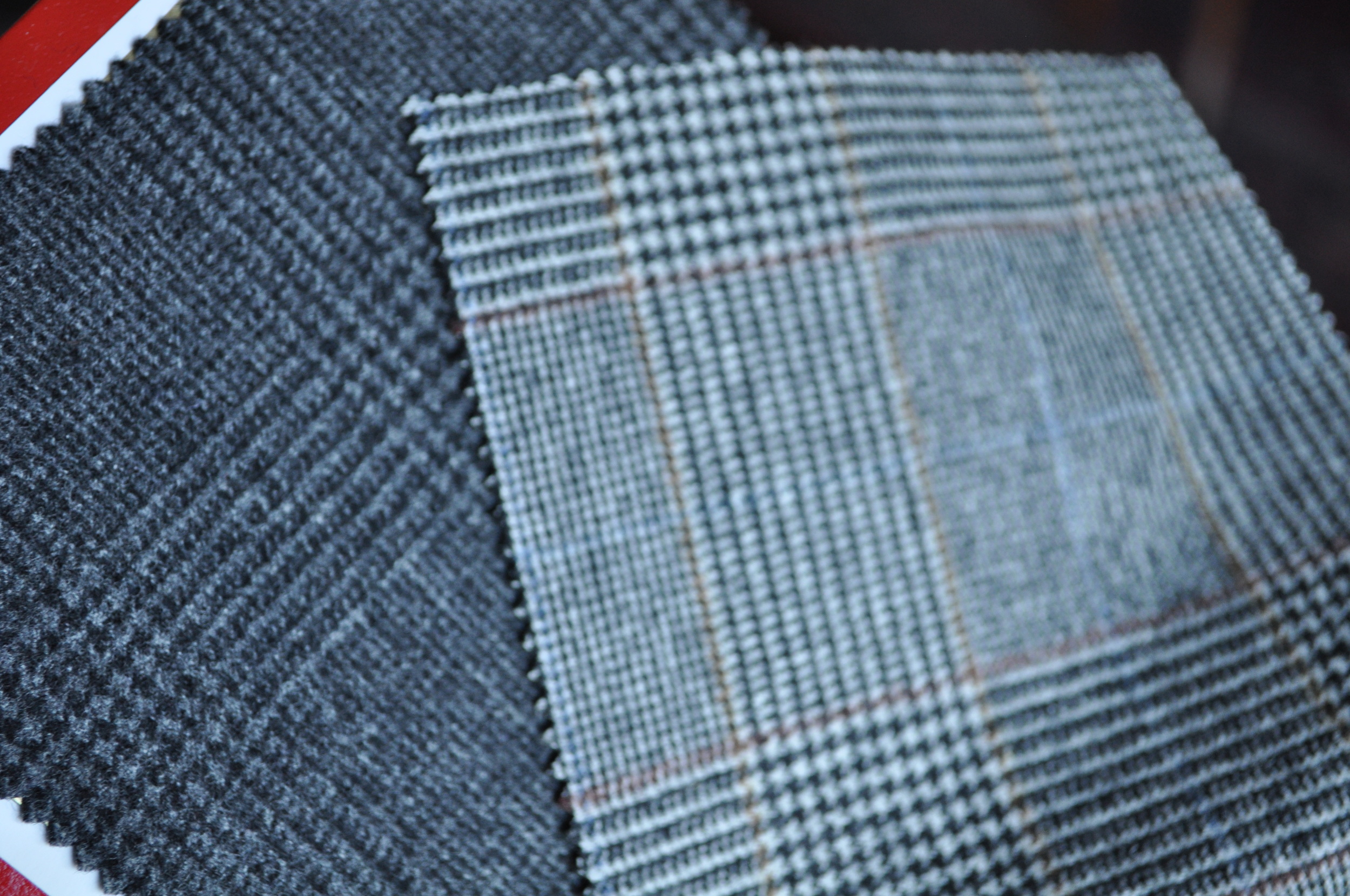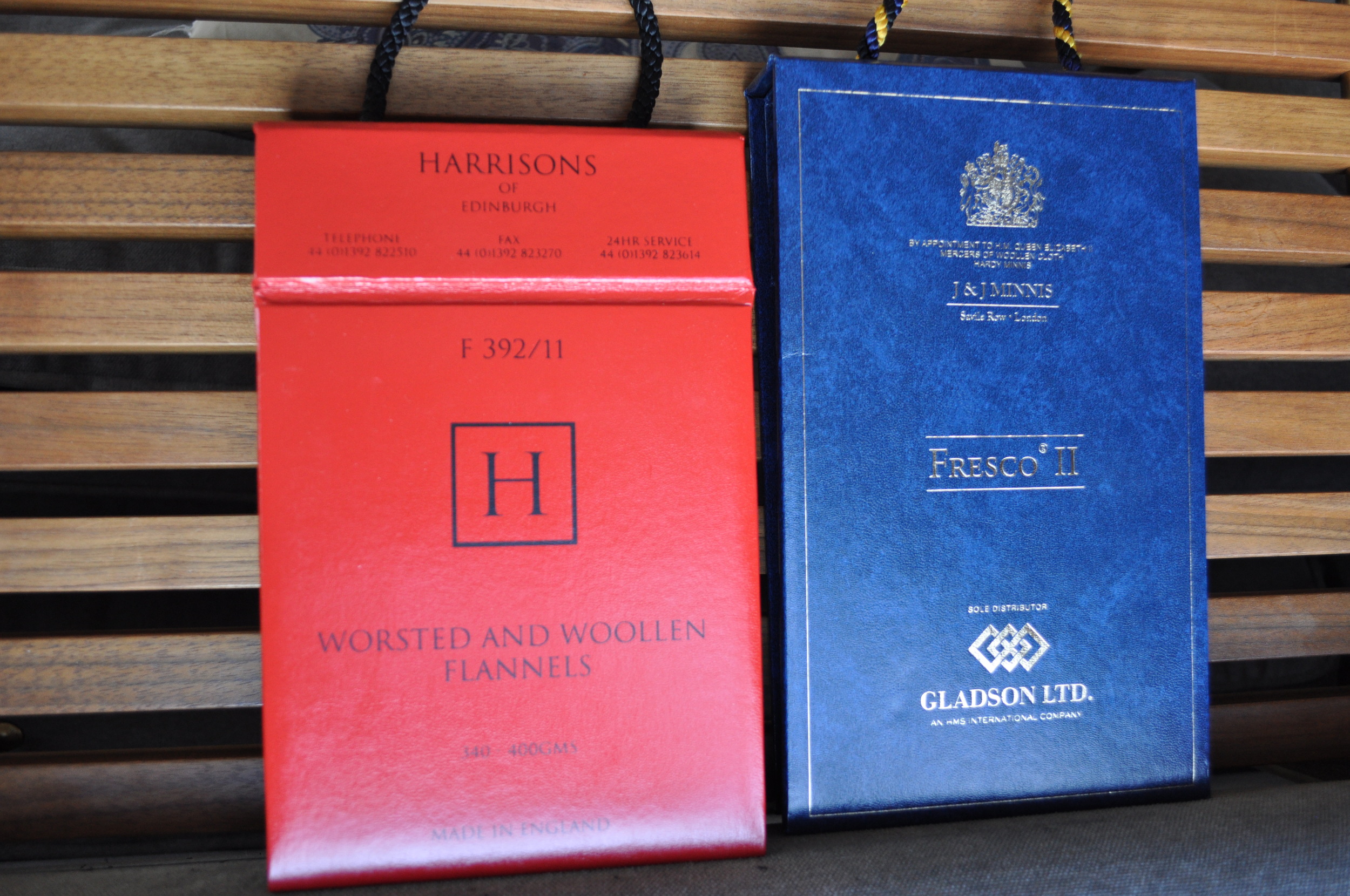“I grow old… I grow old…
I shall wear the bottoms of my trousers rolled.”
The Lovesong of J. Alfred Prufrock - T.S. Elliot
A condensed overview of my personal history with trousers would look like this: shorts in adolescence followed by khakis and flannels worn throughout elementary and prep school. The first major change came in college, when low-rise, sagging jeans were not just acceptable, but expected. Up to this point I had not given too much thought to my figure, particularly as it related to pants. But once wrapped in course denim that had been riveted into an unlikely form I realized something: my legs were shortish and rather muscled, and my torso long. This configuration did not pair well with low-rise hip-huggers. I realized something else, too: stiff, low-rise pants were terribly uncomfortable.
It mustn’t have been too much of a crisis as I went on wearing this type of pant right out of college and into my early working life. One day though, and really I can’t say what spurred it, I must have decided I no longer wished to compromise my lower half, and so I looked into proper trousers. As successful shifts in custom do, this happened incrementally, first adopting slightly higher rise khakis that had fuller thighs, followed by flannels with more of both. At some stage pleats and cuffs appeared.
I now have a tailor who understands trousers on a profound level. My pattern calls for a cut that sits around the waist. And by waist, I am referring to that indentation that occurs above the hips, somewhere in the vicinity of the navel. The fabric drapes from that point over my hips and thighs, beginning a careful but definite taper from just above the knee to the ankle, were can be found a whisper of break. Single pleat; good crease; modest cuffs. They are thoroughly masculine, lengthening my leg, balancing my torso and emphasizing a trim waistline. They are also remarkably comfortable.
Now ordinarily this would be a rather dull personal development, but for one very real fact: high-rise, fuller-cut trousers are anathema to men’s fashion, and have been for almost two decades. Oh, I imagine there have been avant-guarde experiments with fuller trousers at the loftiest fashion houses, but at the consumer level the message couldn’t be clearer: trim, low-rise trousers are what men wear. This is so ingrained today that discussion of things like pleats and cuffs and navels leave my fashionable friends in disbelief. I literally must appear before them in my trousers as proof that such a garment may effectively be worn by someone under fifty.
And so we arrive at the question of age and trouser proportions, and by extension, poor Mr. Prufrock. If there is one article of clothing most associated with becoming a man it would be the trouser. Schoolboys once wore shorts, and it was a mark of adulthood to adopt long pants. But these days the reverse seems more desirable. Many men hold tightly to fashionably trim and low-rise pants as a way of suggesting youth is still within reach. And while the look may work for some time, particularly if we remain fit, eventually all men are better served by trousers with an elongated and more elegant line. Do we associate the latter with maturity? We certainly do. And what is the matter with maturity?
Elliot continues the earlier image of Prufrock rolling his trouser bottoms thusly: “I shall wear white flannel trousers, and walk upon the beach.” While he might have meant the line as a sign of resignation, I like to imagine there is also a suggestion of pride that comes with forfeiting the anxieties of youth in favor of comfort and personality. Which reminds me; I must ask my tailor if he can source just such a lightweight, cream flannel—perfect for contemplative walks on the beach.
